The world’s first rewilding centre is open for visitors
Deep in the Scottish Highlands at the Dundreggan Rewilding Centre, UK charity Trees for Life is showcasing how rewilding works and what it could mean for the future of the region.

In the misty Scottish Highlands, craggy mountains stand beside clear lochs, surrounded by heather and moss. Covering nearly 10,000 square miles (about 25,000 square kilometres) of Northern Scotland and one-third of the country, the Highlands are the most sparsely populated region in Europe, with a population of approximately 234,000. The landscape is so peaceful it’s easy to mistake it for wild.
Yet on closer inspection, the Highlands have lost most of their natural biodiversity. In fact, Scotland is ranked 212th out of 240 countries and territories on the biodiversity intactness index, making it one of the worst places for biodiversity in the world. Damaging forestry practices, the extinction of natural predators and an overabundance of grazing deer and sheep have worn the countryside down over centuries, creating a barren and struggling ecosystem. Bare slopes have defined the landscape for so long that most people don’t spot anything amiss. Of Scotland’s estimated 150 million yearly visitors, 50 percent come for the scenery and landscapes.
I recently visited the 10,000-acre Dundreggan estate in the Central Highlands, where a new standard is being set. Charity Trees for Life purchased the land in 2008 and have been rewilding it ever since. This year they opened the world’s first rewilding centre, designed to involve the public in the rewilding process. Like much of the Highlands, the estate had previously been privately owned by just one man, who used the huge space to hunt and as a vacation spot. A few small fragments of the ancient Caledonian forest were intact on the land, and the estate was overrun with deer. Now it vibrates with the life of more than 4,000 species, including golden eagles and wild pigs, and hopes to welcome even more visitors yearly. “What we’re trying to do here is show that there’s socio-economic benefit to rewilding,” says Laurelin Cummins-Fraser, the Dundreggan Rewilding Centre’s director.
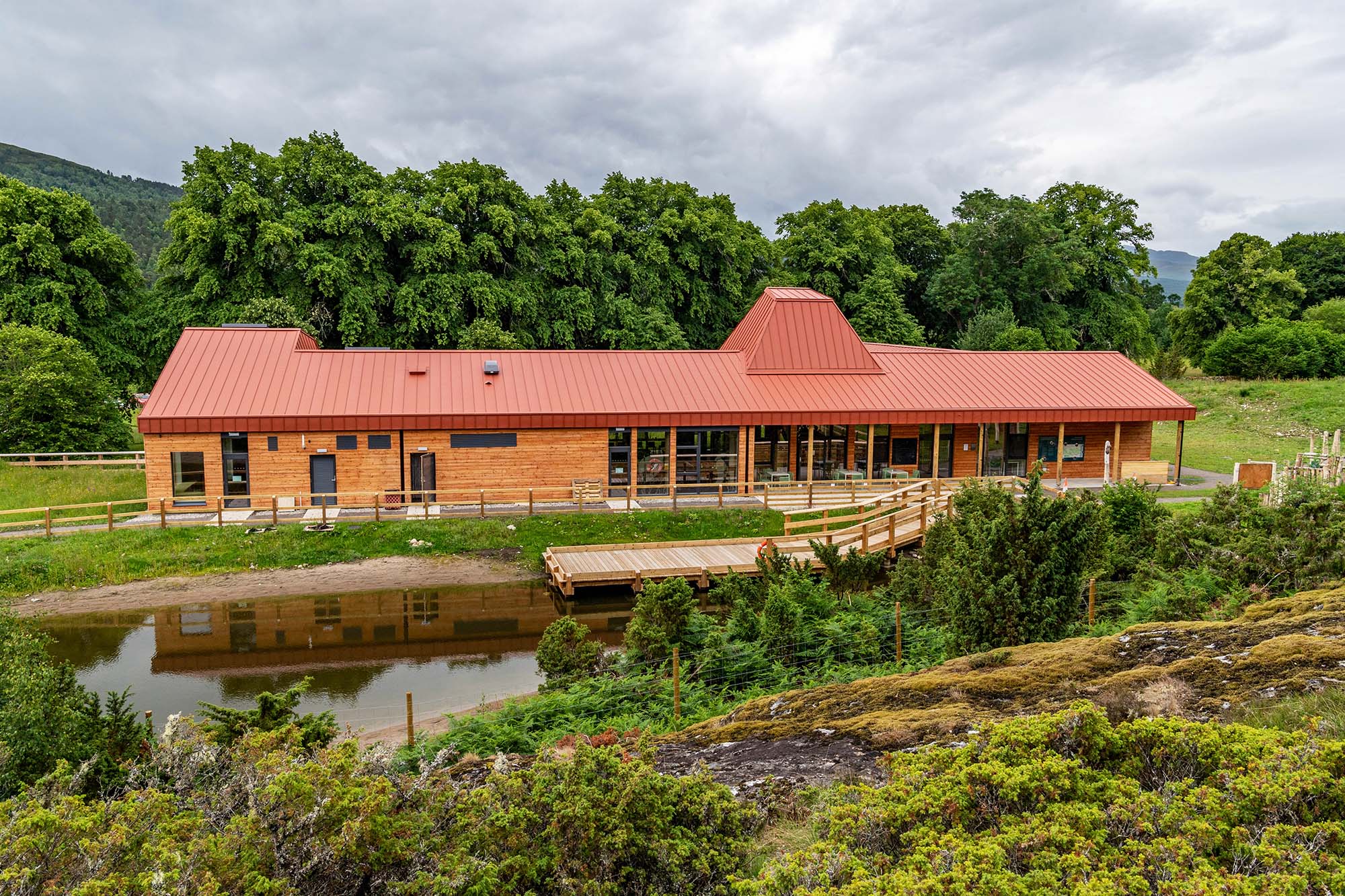
As I arrive at the estate, an abundance of birds and insects fill the air with sound, contrasting with the Highlands’ typical quiet. The Centre is a handsome red building full of sunlight, interactive learning stations, conference rooms, an open library and a cafe. Roughly half of the visitors I meet are local – some regulars have started stopping by every week. Paths lead from the Centre to wildlife trails, some only a 20-minute walk and others lasting several hours. They are lined with both old and new specimens of native trees like Scots pine, juniper, aspen, oak, hawthorn and rowan, to name just a few. Signs along the way help you identify species, ecosystems and cultural history. Unlike the dark and quiet pine plantation forests that characterize much of Scotland, the Caledonian’s dappled tree cover lets through sunlight. Branches are covered with bearded lichen and moss, a sign of clean air and undisturbed growth. It is deeply peaceful.
A five-minute walk from the Centre is the An Spiris (“the roost”) accommodation building, where visitors can spend the night in one of the cozy rooms (as I did on my visit), surrounded by the blue hills. In the morning, after some very good pancakes in the cafe, I attended a guided rewilding walk. For an hour our guide led us through the trails while exploring and discussing their biodiversity, based on what we came across and were curious about. An orange-tip butterfly danced past yellow rattle flowers, which steal nutrients from common grass to allow more wildflowers to poke through. Nearby was the endangered twin flower with its pink double-bells. Farther up the path, clusters of birch are the first to break through a new forest floor, churning up soil and making way for hardier species. Unlike the common non-native sycamores, their small leaves allow sunlight to reach the forest floor, so other trees can take root.
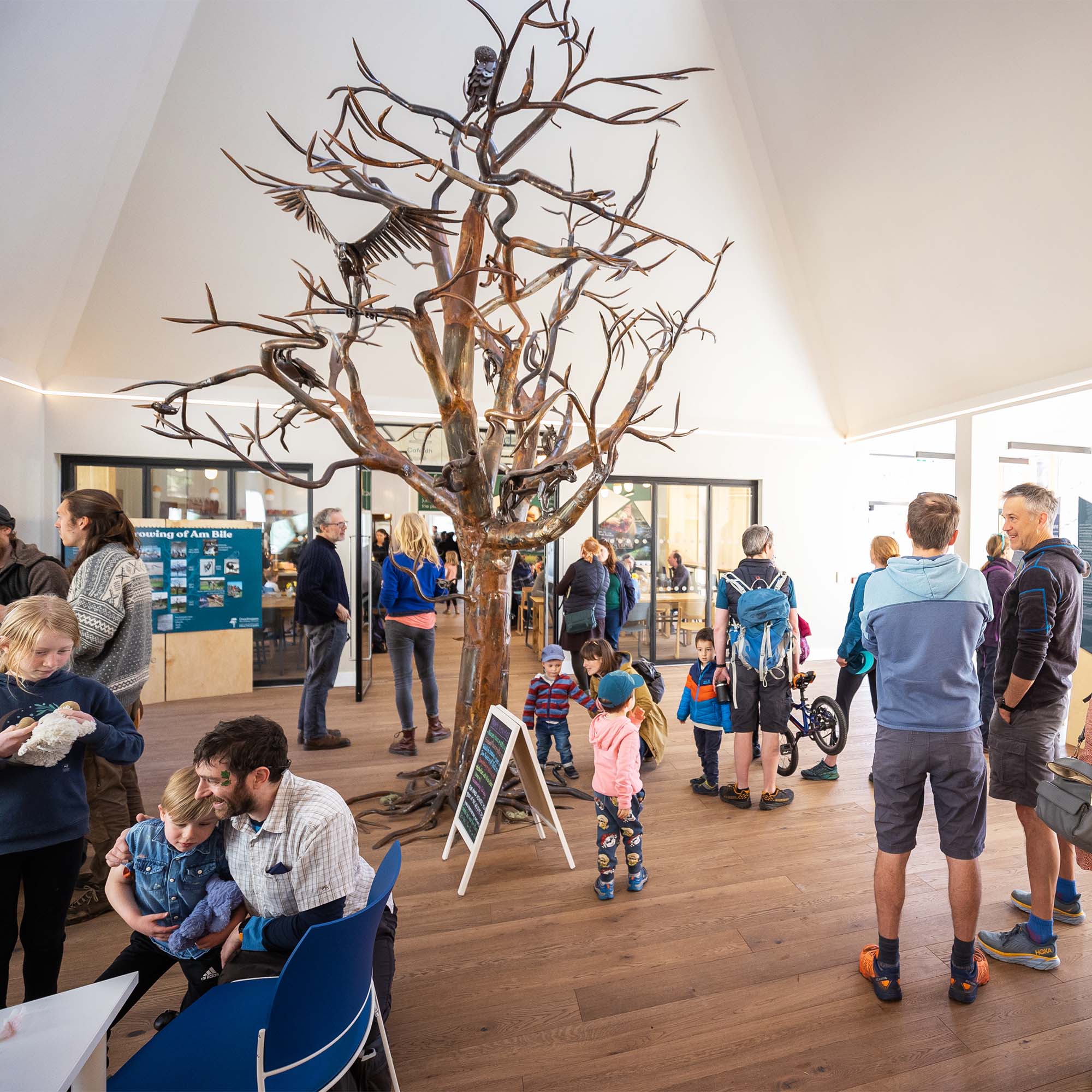
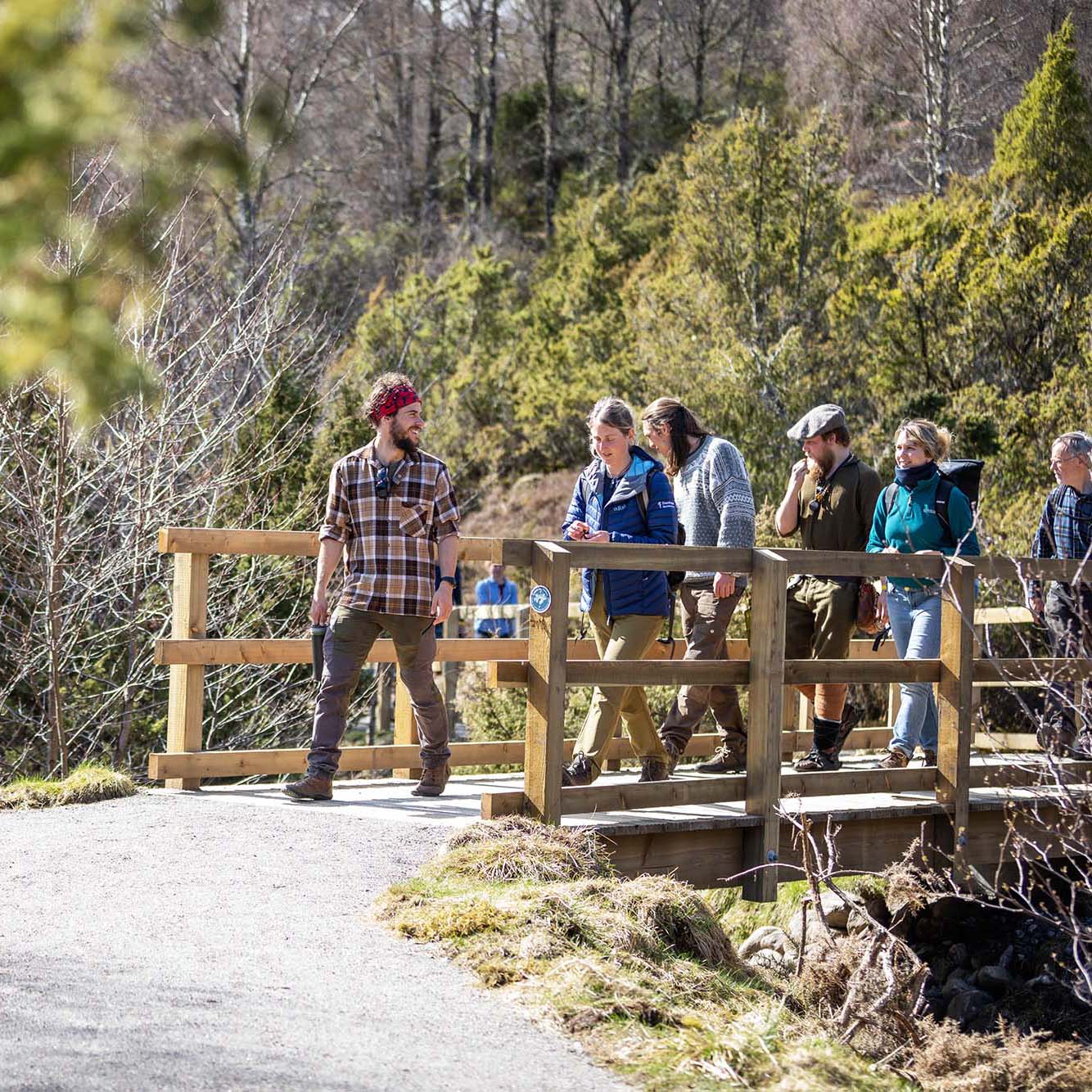
Among our guide’s extensive knowledge was the Gaelic history of the area. One hill we passed was a fairy hill, where resting travellers had once been lured to the underworld by offers of buttermilk. Nearby were some aspen trees, a species Trees for Life is working especially hard to restore. In times past they were respected in Gaelic culture, as when the wind came, their trembling leaves were said to grant the power to visit the underworld (and return safely). Over the years aspen became a synonym for cowardice, then known as the wood that was used to crucify Jesus. While walking home from Mass on Sundays, people would destroy trees or strip their leaves, to punish them for their sins.
When I visited the tree nursery on a guided tour later that afternoon, aspens were being punished still, but for their own good. Unlike the other carefully tended saplings, they’d been tied in strange positions, over- or underwatered, or had bits cut off of them, as Trees for Life has discovered that stress forces them to pollinate. Otherwise, aspens tend to reproduce asexually, sending off a new trunk from the base of a single tree. As a result, the largest organism on earth is an aspen, and it makes up an entire forest. The downside is that if one trunk is sick, it infects the entire organism, meaning a whole forest can be quickly wiped out. Pollination introduces more genetic diversity to Scotland’s aspens, and will help bring back this threatened species.
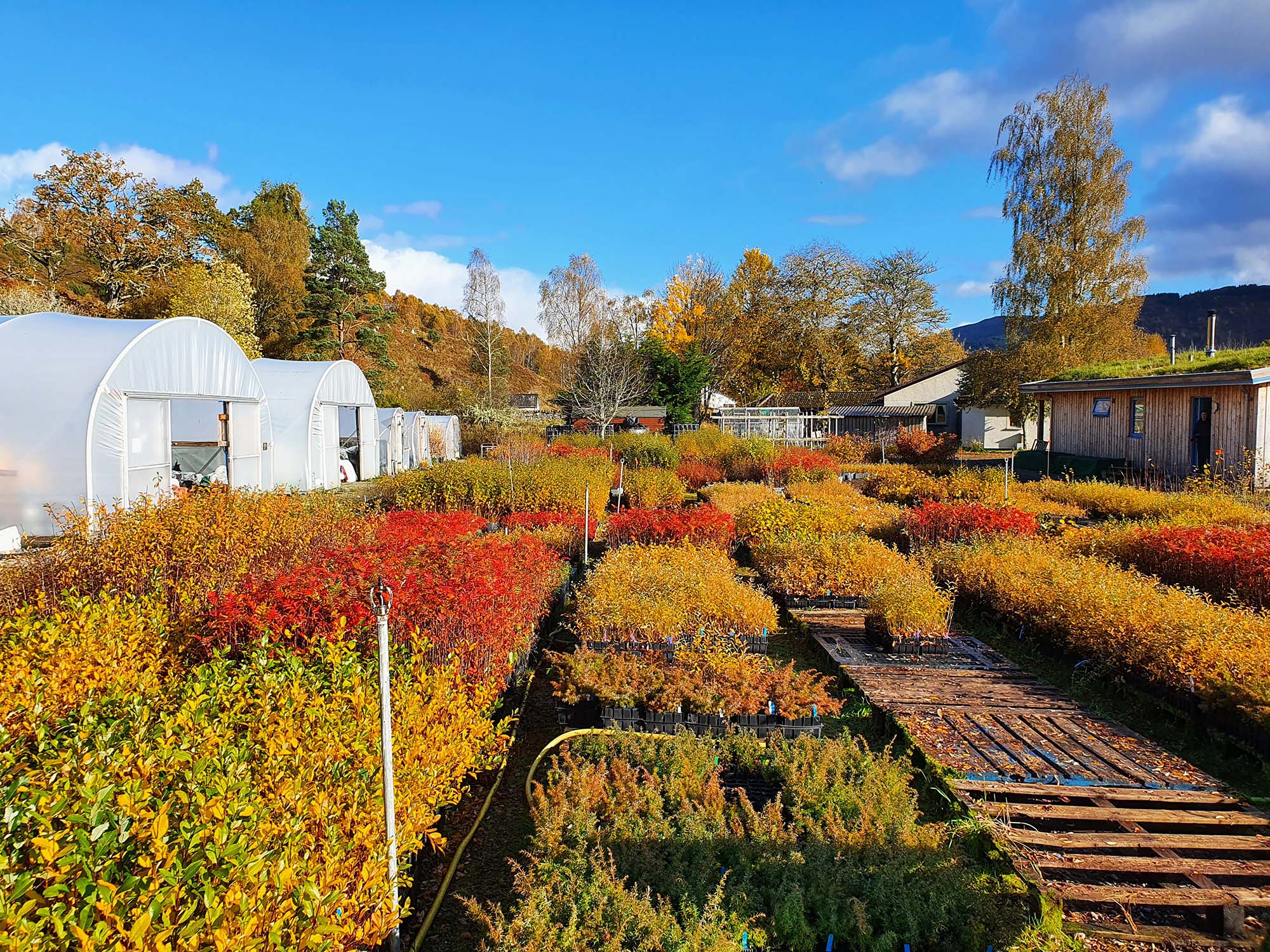
On top of forestry practices and disease, it is likely that the aspen’s bad reputation helped cause its current state of threat – it is one of Scotland’s most deforested native trees. On the flipside, cultural practice had protected the ancient oak under which we ended our rewilding tour. It grew at the top of a Gaelic fairy hill, with gnarled branches that cradled the space, and would have been used for rituals and gatherings. In Christian times, it’s thought people might have gathered under it for sermons instead. Most ancient oaks in Scotland have been chopped down for wood over the years, but this oak’s special location and significance meant fear and respect would have protected it. Rewilding at Dundreggan is understood then not only as a purely physical practice, but a cultural one too.
The centre goes into this more deeply with an area devoted to Gaelic-language audio, history and folk tales and beautiful animation. Cummins-Fraser describes to me how Gaelic history helps with rewilding. Dundreggan, for example, was once known in Gaelic as “the place where the dogs don’t eat the candles,” a hint that they would have been made from pine sap, not animal tallow. Place names that mention animals, like “wolf’s hill,” are also useful to understanding the past ecosystem, especially as wolves and other large predators can no longer be found in Scotland.
Although public opinion means wolves aren’t likely to return any time soon, Trees for Life is hoping to reintroduce lynx, a much smaller predator, in the next few years. This would help with the overpopulation of deer, by far the biggest issue Scottish rewilding faces. Without predators, the deer overwhelm an already delicate ecosystem, eating saplings and bark and killing young plants before they can grow. “In the UK and in Scotland, for a species to come back, it has to be a conscious decision,” says Steve Micklewright, Trees for Life’s CEO. “That's more complicated, because it usually isn't about the science and ecology. It's the social impact of that return.” To help this project, curious visitors can learn plenty about lynx in the Centre.
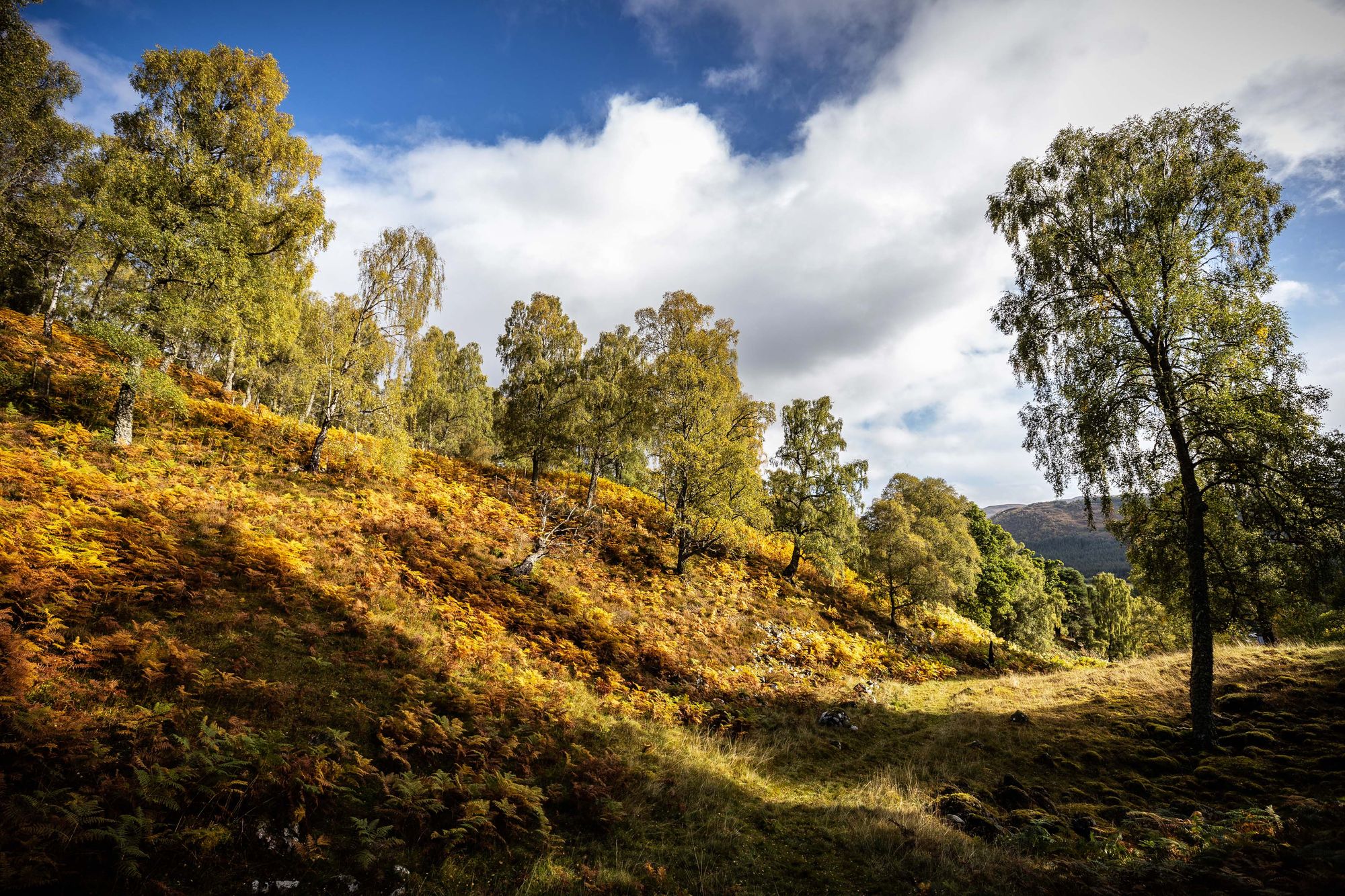
Notably missing (at surface level) is discussion of climate change. “It’s not something we really pull out and highlight specifically in our interpretation, but I think it’s tied closely to rewilding,” Cummins-Fraser tells me. Micklewright later describes to me how rewilding in Scotland improves climate resilience, with the example of a Scots pine woodland, which could do badly as temperatures rise. If the area has been rewilded, the woods should have the adaptability to “move” over the years to a cooler area. However, in the case that the forest is still being threatened by deer or non-native species, it is not able to move by itself, and seedlings need to be hand-planted somewhere cooler in order to mimic natural processes. Trees for Life hopes that rewilding will create a landscape healthy enough to adapt to climate change by itself.
Also becoming more adaptable are finances. Currently, about one-third of Trees for Life’s income comes from grants and public funding. “Over time, we expect the rewilding centre to start to generate a surplus,” Micklewright tells me. The accommodation, cafe, events, conferences and guided tours will bring in revenue. Instead of having to adjust their work to the funding available, the charity will be able to plan for longer-term projects and prioritize internally. Through their Affric Highlands project, for example, Trees for Life is bringing together a coalition of landowners and communities across the Central Highlands, to connect and expand the Caledonian forest. “We talk a lot about rewilding people. Giving more people access to nature, because not everyone has it,” Cummins-Fraser tells me when I first arrive. Visitors don’t just fund Dundreggan’s ever-expanding ecosystem, but make up a part of it. If you find yourself anywhere nearby, I recommend finding out firsthand.
Visit the Dundreggan Rewilding Centre's website for more details on how to visit, including prices for overnight stays and tours and information on volunteering.




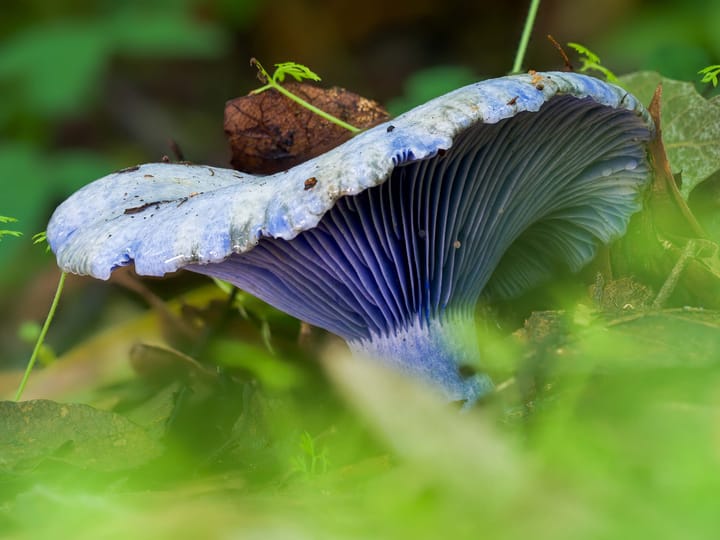
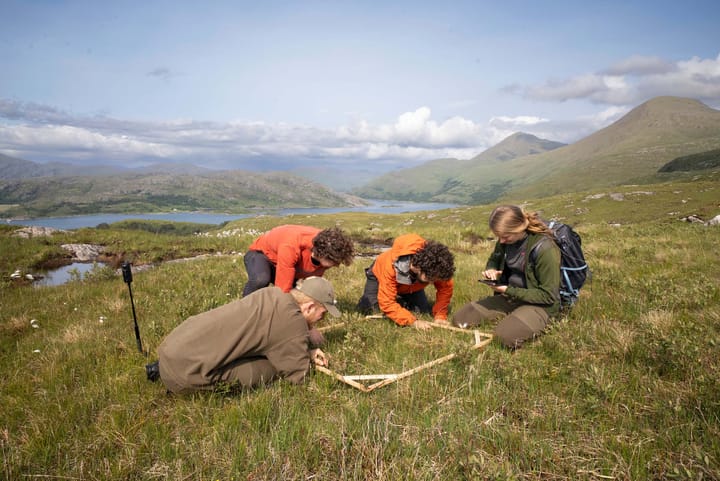


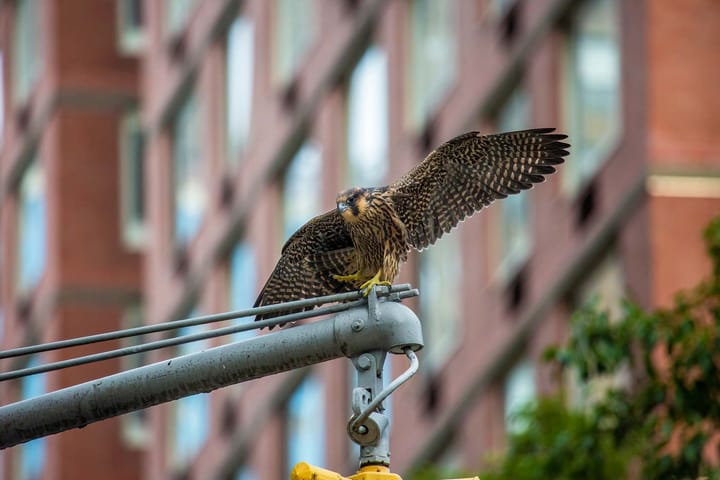

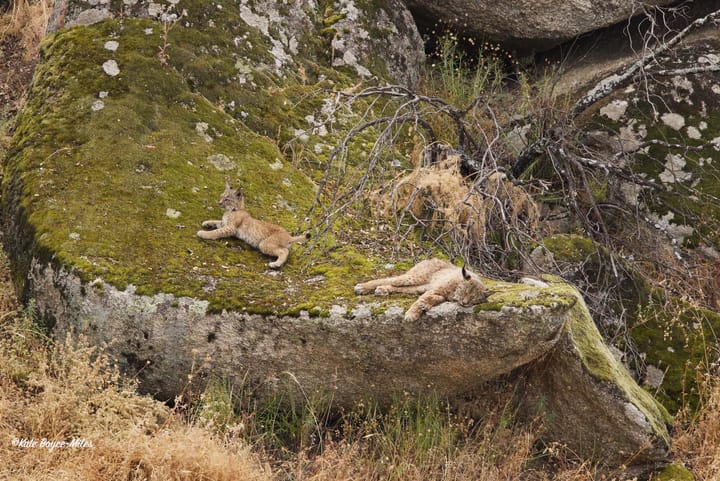
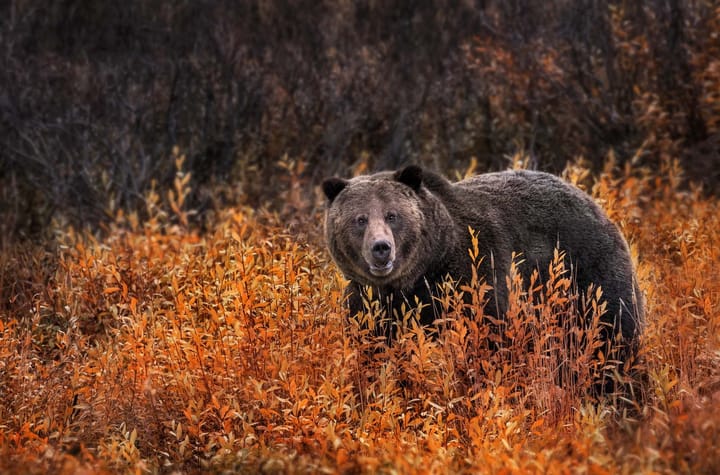
Comments ()